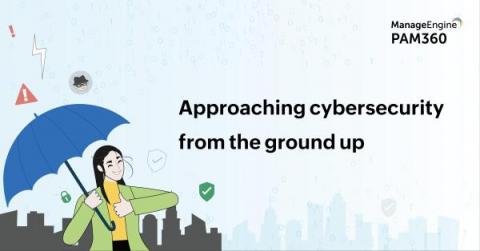Key to success while implementing IAM- Best practices that every company should implement
The content of this post is solely the responsibility of the author. AT&T does not adopt or endorse any of the views, positions, or information provided by the author in this article. Identity and access management has emerged as an essential security element for organizations. A study reveals that 80% of global IT decision-makers have already adopted or are planning to adopt an IAM solution in the upcoming years.










